Top 10 Cars With the Best Real-World MPG

As you probably already know, some vehicles return better mpg than advertised.
With numerous automakers in recent years having to adjust their mpg figures for being too high, it’s good to know some vehicles actually can exceed EPA estimates. On FuelEconomy.gov, the official U.S. government source for fuel economy information, the website allows vehicle owners to report their real-world mpg to see how it compares with what the EPA estimates. Rankings are determined based on fuel economy records provided by actual vehicle owners.
Electric vehicles and plug-in hybrid vehicles are omitted from the list, as are vehicles that have records from fewer than 10 drivers.
Here are the Top 10 cars with the best real-world mpg according to actual owners.
10. 1992-1995 Honda Civic VX Hatchback
Honda was focused on fuel economy before it was the cool thing to do. Coming in 10th place in the real-world mpg contest is the 1992-1995 Honda Civic VX hatchback, a popular model with tuners to this day. From the factory, it came equipped with a 1.5-liter, four-cylinder engine and when paired with a five-speed manual transmission, 43 owners report an impressive 47.4 mpg. That’s actually not too far off from the EPA estimated 43 mpg combined rating.
9. 1996 Volkswagen Passat
Diesel engines may not have been that popular in the U.S. back in the 1990s and early 2000s, but Volkswagen did equip its 1996 Passat with a 1.9-liter four-cylinder diesel engine. Combined with a five-speed manual transmission, 35 drivers get a nice 47.6 mpg, plenty more than the EPA-estimated 35 mpg figure.
8. 2002-2003 Volkswagen Jetta Wagon
Similar to the 1996 Volkswagen Passat, the 2002-2003 Volkswagen Jetta wagon was also available with a 1.9-liter diesel four-cylinder engine. Along with a five-speed manual transmission, this family hauler is returning 48 mpg for 24 drivers, a nine-mpg difference compared to the EPA combined rating of 39 mpg.
7. 2003-2005 Honda Civic Hybrid
Our first hybrid on the list, the 2003-2005 Civic Hybrid pairs a 1.3-liter four-cylinder engine with a hybrid powertrain to get an EPA-estimated 41 mpg combined rating. Owners of the vehicle are reporting 48.1 mpg in the real world through 21 drivers.
6. 2010-2015 Toyota Prius
No surprise here, the most popular hybrid model in the U.S. lands in the sixth spot powered by a hybrid powertrain with a 1.8-liter four-cylinder engine paired to a continuously variable transmission (CVT). Perhaps a disappointment to owners, 322 drivers report an average fuel economy of 48.6 mpg, which is actually less than the 50 mpg combined rating EPA estimates.
Despite falling a bit short of its ratings, the Prius is still one of the most efficient cars on the market.
5. 1999 Chevrolet Metro
The first American car to make it on the list is a nameplate that doesn’t even exist today. The 1999 Chevrolet Metro has 10 owners reporting an impressive 48.8 mpg compared to the EPA combined rating of 37 mpg. Powering the Metro is a fuel-efficient 1.0-liter, three-cylinder engine paired to a five-speed manual transmission.
4. 1990-1991 Honda Civic CRX HF
Another favorite among tuners for its compact, lightweight body, the 1990-1991 Honda Civic CRX HF returns a nice 49.8 mpg according to 13 drivers. The 1.5-liter four-cylinder engine with a five-speed manual transmission is besting the 43 mpg figure EPA gives it.
3. 1990-1994 Geo Metro XFI
Perhaps it’s more surprising that there’s 20 Geo Metro owners reporting their fuel economy than the fuel economy figure itself. With a 1.0-liter, three-cylinder engine under the hood, the subcompact Metro XFI is getting a 50.4 mpg compared to the 47 mpg EPA combined rating. Maybe there’s a reason why Geo Metro owners are still holding onto their vehicles: better fuel economy than a Prius.
2. 2012-2014 Toyota Prius c
The smallest of the Prius family is the Prius c, and 52 owners are getting 51.1 mpg, which is better than the EPA-estimated 50 mpg combined rating. Unlike the larger Prius, the Prius c has a smaller 1.5-liter four-cylinder engine paired to a hybrid powertrain and a CVT.
1. 2004-2006 Honda Insight
It’s a shame the Honda Insight no longer exists, but 15 owners of the first two-door model from the 2004-2006 model year are quite happy with their purchase. Reporting a ridiculous 71.4 mpg from the 1.0-liter, three-cylinder hybrid with a five-speed manual transmission, the Honda Insight’s real world mpg trumps the EPA-estimated 52 mpg by a landslide.
Discuss this story at our Honda Forum

Jason Siu began his career in automotive journalism in 2003 with Modified Magazine, a property previously held by VerticalScope. As the West Coast Editor, he played a pivotal role while also extending his expertise to Modified Luxury & Exotics and Modified Mustangs. Beyond his editorial work, Jason authored two notable Cartech books. His tenure at AutoGuide.com saw him immersed in the daily news cycle, yet his passion for hands-on evaluation led him to focus on testing and product reviews, offering well-rounded recommendations to AutoGuide readers. Currently, as the Content Director for VerticalScope, Jason spearheads the content strategy for an array of online publications, a role that has him at the helm of ensuring quality and consistency across the board.
More by Jason Siu




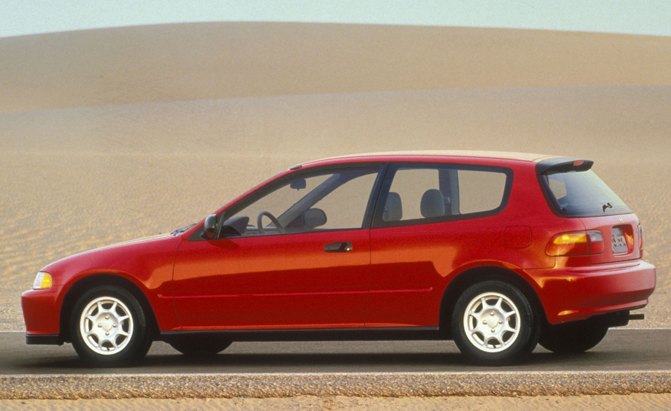





























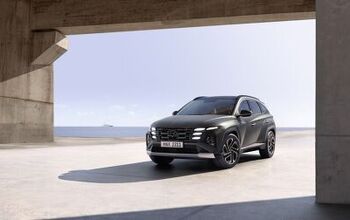


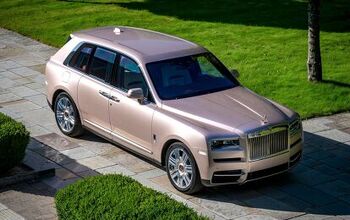
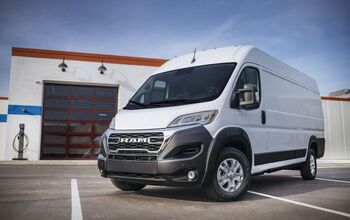

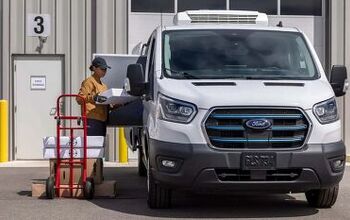

Comments
Join the conversation
So basically my takeaway from this is that when it comes to fuel efficiency, automotive technology in the USA has only only gone backward over the past 15 to 20 years - or is it that the manufacturers simply refuse to offer us cars with the kind of fuel economy - there simply isn't money in such cars, especially for their friends in the oil business? Of course cars with such fuel economy are available - but only in Europe.
It is based on what people want to buy and most people buy vehicles for status as with all the city folk with their large SUV's (Hummer being the most ludicrous to own) with 4WD who will never go off the pavement or the guys with their diesel pickups that will never haul 3,000 lbs. in the bed or tow 10,000 lbs. of trailer down the highway. I have a diesel truck that gets 14.5 MPG on average over the past 4 years and a Prius that burns regular gas and has averaged 45 MPG over the past 7 years. 90% of the time the Prius is the vehicle of choice. In Europe people pay the entire cost of having cars and highways and are not subsidized by the government so gas and diesel cost 4 times as much as in the USA where our highways and bridges are rapidly deteriorating. When you are paying $4 for a liter of gas you buy a smaller and more fuel efficient car and opt for the manual transmission. In Europe though the majority of people have the option of taking a high speed train or using light rail or subways to travel and are not having to support 2-3 cars to get to work, school, shopping, or recreate. Difference is that in these countries the government puts the people first unlike in the USA where profits come first (for the 1%) and people are last - often dead last.